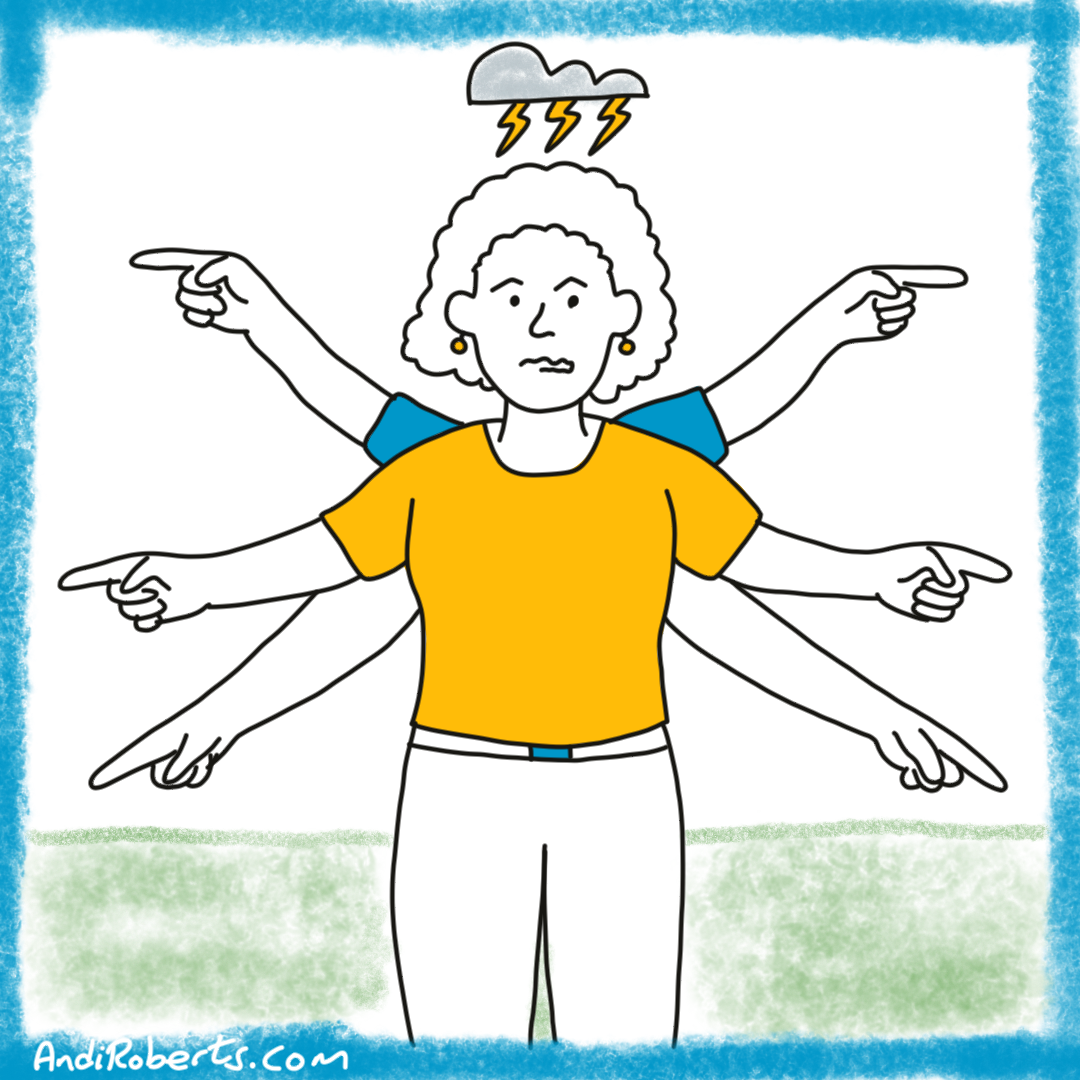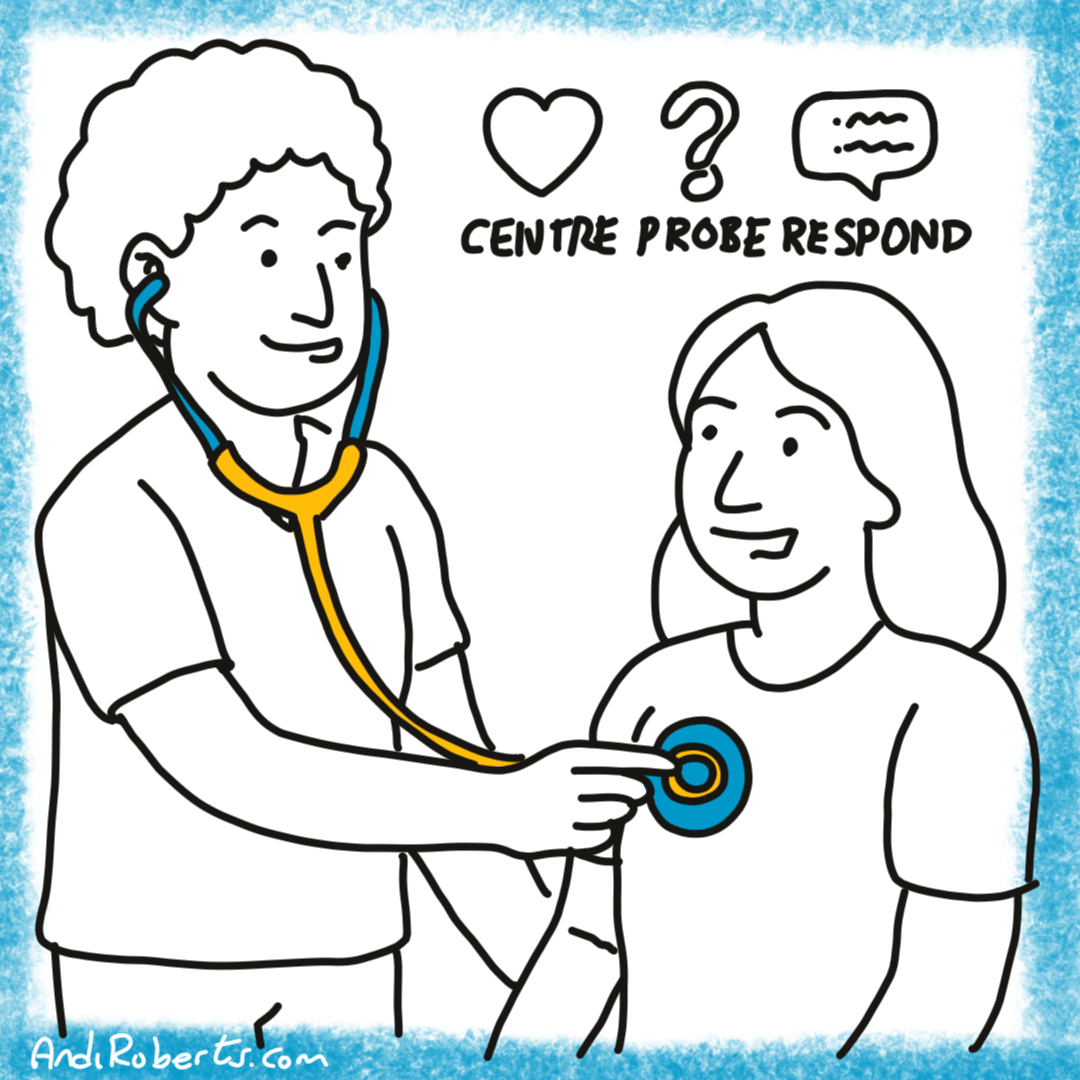Meetings dominate organisational life. Research shows that as much as one third of meetings are unnecessary (Tolliver & Sass, 2024). A Microsoft (2024) survey found that 68% of employees do not have enough uninterrupted focus time during the workday, with poorly designed meetings a major contributor . And according to the London School of Economics, 35% of business meetings are considered unproductive, costing organisations billions annually in lost time and productivity (LSE, 2024).
These numbers are sobering. They reveal not only how much of our lives are consumed by meetings, but also how little return we often get on that investment. Most professionals can recall leaving a meeting unclear about what was decided, unsure of their own role, or questioning why they needed to be there at all.
So the question “How can I make my meetings more effective?” is not just a matter of productivity. It is a matter of respect. Respect for people’s time, for their energy, and for the purpose of our collective work. Effectiveness cannot be reduced to efficiency or speed. A meeting that races through an agenda but leaves participants disengaged is not effective. True effectiveness is measured by whether people leave the room with clarity, ownership, and connection: three outcomes far more valuable than any action list.
The following ten practices are designed to help leaders, managers, and teams reclaim the power of meetings. They draw from research and lived experience, and they are grounded in the belief that meetings are not interruptions to real work but the very stage where shared purpose comes alive.
10 Practices for effective meetings
1. Start by asking if the meeting is necessary
The most radical act of leadership in a meeting-soaked culture is the courage not to meet. One third of meetings are unnecessary (Tolliver & Sass, 2024), yet still they appear on calendars as if ordained. We rarely pause to ask: If this gathering did not happen, what would be lost?
Cancelling is not avoidance. It is an act of stewardship over people’s attention. When leaders refrain from summoning others unnecessarily, they communicate something powerful: I value your time enough not to waste it. That trust, once built, often brings greater commitment when meetings truly are required.
-
Test the assumption: send the information in a short note instead of calling a meeting, then see if anything breaks.
-
Consider the gift of absence. Sometimes not gathering is what restores energy, clarity, or initiative.
2. Clarify the purpose
Purpose is not a logistical requirement. It is a declaration of meaning. Without it, people drift in half-heartedly, cameras off, eyes scanning email in parallel. Purpose transforms a block of time into a shared moment.
Microsoft’s Work Trend Index found that 68% of employees lack enough uninterrupted focus time (Microsoft, 2024). One reason is that meetings blur into each other with little sense of “why”. True purpose names the value of this hour in the life of the organisation. It might sound like: “We are gathering to decide whether to launch” or “to reflect on where our partnership is struggling”. These are stories of consequence, not placeholders in Outlook.
-
Begin by inviting participants to share what matters to them about the issue. Collective purpose is richer than a host’s agenda.
-
Frame purpose as a question. Questions open curiosity. Statements often shut it down.
3. Define the desired outcome
If purpose is the reason for gathering, outcome is the gift participants take away. Without it, the meeting dissolves into vagueness. Harvard research shows that meetings with explicit outcomes are rated significantly higher by participants than those without (Rogelberg et al., 2017).
An outcome might be a decision, a new understanding, or a commitment to experiment. It does not always need to be a solution. Sometimes the most powerful outcome is a better question than the one we started with. But it must be named. Otherwise, time slips by and we end up scheduling another meeting to finish the work we never started.
-
Write outcomes as verbs: decide, generate, align, agree. If your only verb is “discuss”, ask if that is enough.
-
Revisit outcomes during the meeting, not just at the end. It keeps people honest about what they are creating together.
4. Invite the right people
Meetings often fail not because of poor content but because the wrong people are in the room. A study of remote collaboration found that smaller groups produce more meaningful contributions and quicker decisions (Cutler et al., 2021). To invite everyone is to dilute responsibility. To invite with discernment is to honour people’s time.
This is an act of courage, because exclusion feels risky. Yet inclusion is not about headcount. It is about relevance. The central question is: Who must be in this conversation for it to matter? When we over-invite, we send a subtle message that people are interchangeable. When we curate carefully, each person knows they are there because they matter.
-
Use Amazon’s “two-pizza rule” as a provocation: if two pizzas cannot feed the group, perhaps the group is too large.
-
Remember: informing someone afterwards can be a greater kindness than dragging them through an irrelevant hour.
5. Design the agenda for dialogue
An agenda is not a list of topics. It is a declaration of what we believe is worthy of collective attention. Too often agendas are laundry lists, stuffed with updates and bullet points. These consume time but generate little commitment.
The most effective agendas privilege dialogue over reporting. They leave space for silence and exchange. They transform “Budget” into “What trade-offs are we willing to make to deliver on our promise?” Questions like this spark energy and responsibility. Reports, by contrast, could have been an email.
-
Shape each agenda item as a question. Questions invite participation. Statements encourage passivity.
-
Protect time for what matters most, even if that means only one or two issues per meeting. Better to go deep than to skim everything.
6. Assign clear roles
When everyone owns the meeting, no one owns the meeting. Too often the loudest voice defaults into control. Research shows that leadership is most visible in how we structure meetings (Rogelberg, 2019). Making roles explicit redistributes power.
A facilitator holds the process. A timekeeper protects energy. A note-taker captures what must be remembered. A decision owner ensures closure. These roles need not be heavy, but they are visible commitments to one another. They signal that meetings are not casual accidents but intentional gatherings.
-
Rotate roles regularly. Power is healthiest when it circulates.
-
Take one minute at the start to name who is holding which role. That minute often saves an hour later.
7. Respect time boundaries
Time is not just a scheduling issue. It is a moral one. To begin late or to overrun is to break an implicit promise. Atlassian’s surveys show that ineffective meetings are the number one frustration of modern teams, with poor use of time at the heart of that frustration (Atlassian, 2024).
Respecting time is not rigidity. It is respect. A meeting that ends early communicates efficiency and care. A meeting that drags communicates either poor planning or fear of closure. If people regularly leave your meetings feeling rushed into their next commitment, the signal you send is that their lives are less important than your agenda.
-
Begin exactly on time, even if not all are present. Doing so creates a new culture.
-
Experiment with ending five minutes early. People will notice the gift.
8. Create conditions for participation
The loudest voices are not always the wisest. Google’s Project Aristotle found that psychological safety was the single most important factor in team effectiveness (Google, 2015). Effective meetings create safety for all to contribute, not just the dominant few.
This does not happen by chance. It requires design. Small groups, go-rounds, or even a moment of silence before speaking all open doors. When all voices are invited, meetings become less about winning arguments and more about exploring perspectives. The effectiveness lies not in consensus, but in the richness of what has been heard.
-
Ask each participant to speak briefly at the start. Everyone then has a voice in the circle.
-
Pay attention to who has not spoken. Inviting them in is not tokenism but an act of community.
9. Capture actions and commitments
Without commitments, meetings are performances. People nod, talk, and then slip back into the flow of tasks without any shift in behaviour. Research on remote teams shows that clarity of next steps is one of the strongest predictors of meeting usefulness (Cutler et al., 2021).
Accountability is created in the room, not in the follow-up email. When actions are captured visibly, with names and dates, the meeting gains weight. When nothing is recorded, memory fades and responsibility evaporates.
-
Record commitments on a shared document that everyone can see in real time.
-
Begin the next meeting not with a fresh agenda but by reviewing the last set of commitments. Continuity builds trust.
10. End with reflection and future focus
Endings shape memory. A Harvard Business Review study found that 28% of meetings create “hangovers”: negative lingering effects on energy and focus (Reed, Rogelberg, Hinds & Gray, 2025). These hangovers often arise when meetings close abruptly, leaving participants unclear or dissatisfied.
An effective ending is not a rushed “any other business”. It is a pause to honour what has been achieved, to name commitments, and to point toward possibility. Even a few words of gratitude can shift the memory of a meeting from obligation to opportunity.
-
Ask participants for a single word describing how they are leaving. The ritual is simple but grounding.
-
Close with clarity: “Here is what we decided, here is who will act, and here is when we will return.”
Conclusion
Making meetings more effective is not a matter of adopting a few new tricks. It is about reclaiming meetings as places where our shared life at work becomes visible. Meetings are not interruptions to real work; they are the work. They are where culture is enacted, where trust is tested, where people decide whether leadership is credible, and where the future of the organisation takes shape.
To choose effectiveness is to act with intention. It is to ask if the gathering is truly needed, to name a clear purpose, to design for dialogue, and to end with accountability and hope. These are not mechanical practices but acts of respect. Respect for people’s time, for their energy, and for the possibility that every conversation can move us closer to what we care about.
We have all sat through meetings that drained us, where the agenda blurred, and where action dissolved into vagueness. Yet we also know the opposite is possible. We have been in meetings where energy lifted, where voices were heard, and where the group left more aligned than when it arrived. Those moments remind us what is at stake.
Effectiveness is not speed, nor is it the avoidance of conflict. It is clarity, ownership, and connection. If we treat meetings as routine obligations, they will remain lifeless. If we treat them as encounters with meaning, they can become the crucibles of commitment. The invitation is simple: let every meeting you call, or every meeting you attend, be one that justifies the gift of people’s presence.
Do you have any tips or advice on effective meetings?
What has worked for you?
Do you have any recommended resources to explore?
Thanks for reading!
References
Cutler, R., Hosseinkashi, Y., Pool, J., Filipi, S., Aichner, R., Tu, Y. and Gehrke, J. (2021) Meeting effectiveness and inclusiveness in remote collaboration. arXiv. Available at: https://arxiv.org/abs/2102.09803 (Accessed: 22 September 2025).
London School of Economics (The Inclusion Initiative) (2024) More than a third of business meetings are unproductive due to a lack of generational diversity. Available at: https://www.lse.ac.uk/news/latest-news-from-lse/j-october-2024/more-than-a-third-of-business-meetings-are-unproductive-due-to-a-lack-of-generational-diversity (Accessed: 22 September 2025).
Microsoft (2024) Work Trend Index – Hybrid work report. Available at: https://www.microsoft.com/en-us/worklab (Accessed: 22 September 2025).
Reed, B.N., Rogelberg, S.G., Hinds, R. and Gray, J. (2025) The hidden toll of meeting hangovers. Harvard Business Review. Available at: https://hbr.org/2025/02/the-hidden-toll-of-meeting-hangovers (Accessed: 22 September 2025).
Rogelberg, S.G. (2019) The surprising science of meetings: How you can lead your team to peak performance. New York: Oxford University Press.
Rogelberg, S.G., Perlow, L.A., Hadley, C.N. and Eun, E. (2017) Stop the meeting madness. Harvard Business Review. Available at: https://hbr.org/2017/07/stop-the-meeting-madness (Accessed: 22 September 2025).
Tolliver, K. and Sass, J. (2024) Hybrid work has changed meetings forever. Harvard Business Review. Available at: https://hbr.org/2024/06/hybrid-work-has-changed-meetings-forever (Accessed: 22 September 2025).





Leave A Comment